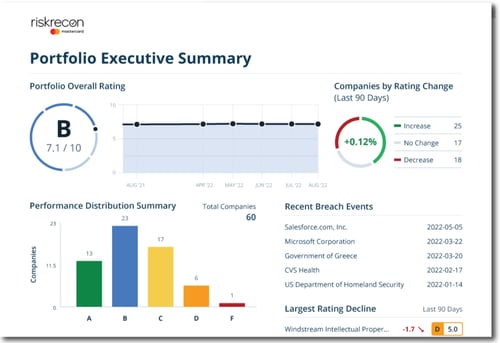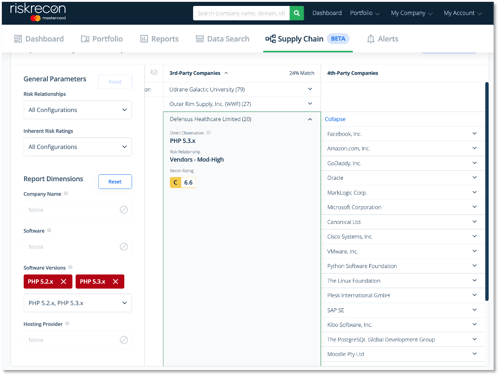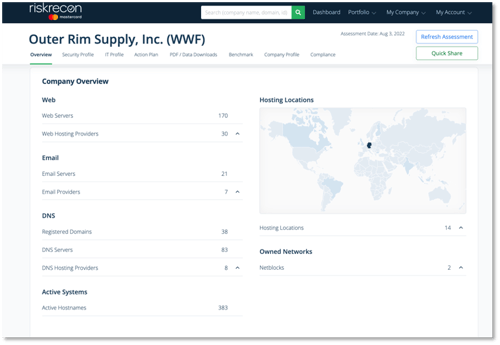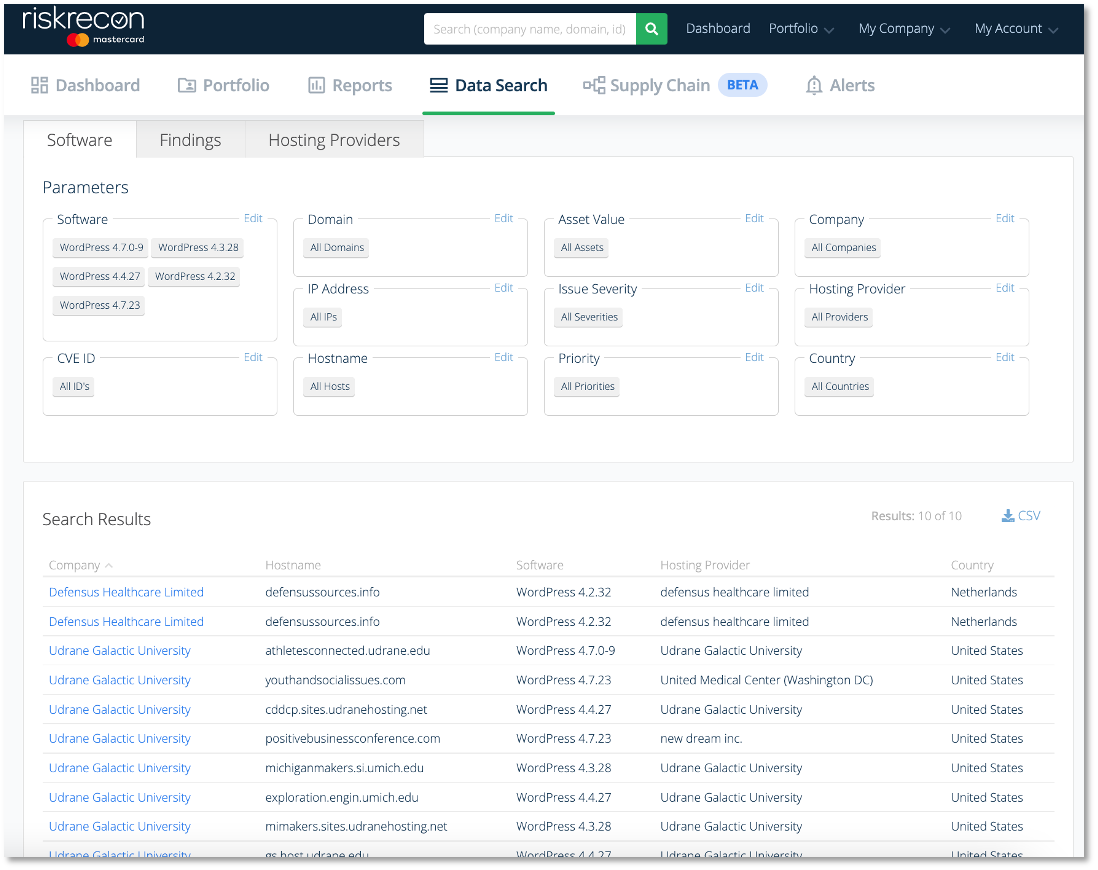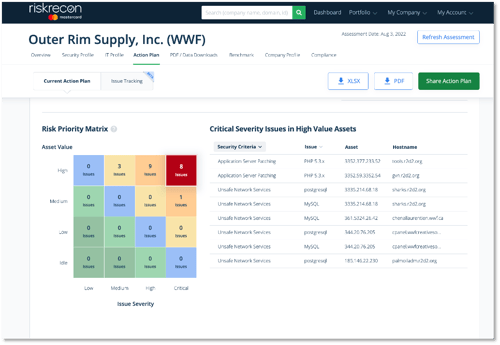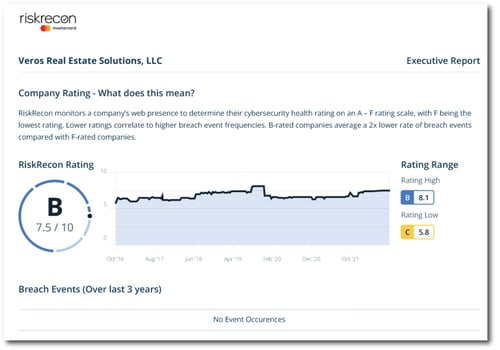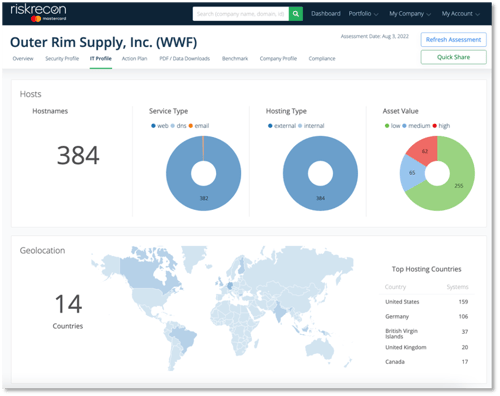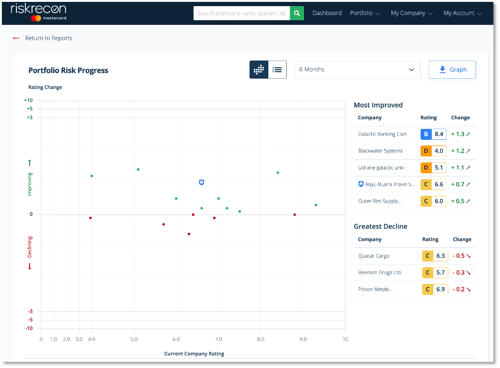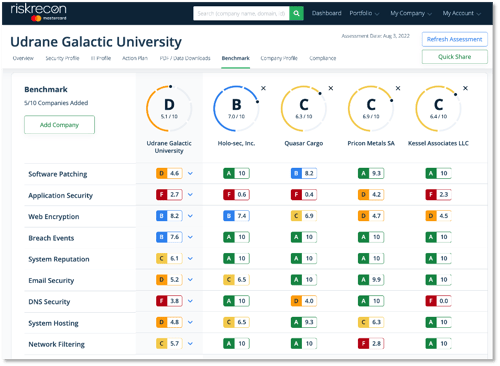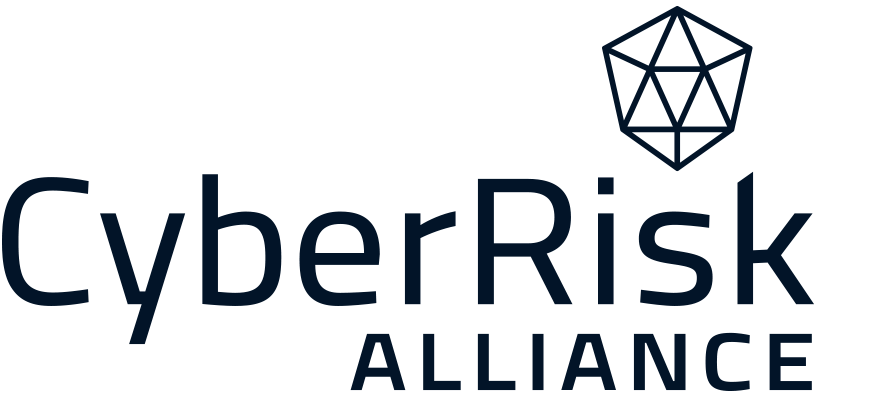- Solutions
- Use Cases
- Third-party Portfolio Diagnostic & Prioritization
- Cyber Supply Chain Monitoring & Visualization
- Own Enterprise & Subsidiary Monitoring
- Situational Awareness
- Vendor Onboarding
- Request for Proposal (RFP)
- Mergers & Acquisitions
- Vendor Due Diligence
- Advanced Assessment Planning
- Cyber Threat Protection & Business Continuity
- Cyber Risk Quantification
- Systemic Risk Assessment
- SMB Risk Assessment
- Merchant Risk Assessment
- Company
- Partners
- Resources
- Solutions
- Use Cases
- Third-party Portfolio Diagnostic & Prioritization
- Cyber Supply Chain Monitoring & Visualization
- Own Enterprise & Subsidiary Monitoring
- Situational Awareness
- Vendor Onboarding
- Request for Proposal (RFP)
- Mergers & Acquisitions
- Vendor Due Diligence
- Advanced Assessment Planning
- Cyber Threat Protection & Business Continuity
- Cyber Risk Quantification
- Systemic Risk Assessment
- SMB Risk Assessment
- Merchant Risk Assessment
- Company
- Partners
- Resources
Phone
Forrester Report: Risk Ratings Platforms Deliver Critical Third-Party Risk Protection
Benchmark your organization against leading TPRM programs and enhance your approach to cyber risks in the supply chain with a risk ratings solution.
Free 3PTY Ratings
Get a free 30-day trial of the RiskRecon portal and see the ratings of up to 50 vendors.
Blog: 3 Takeaways from Forrester's Thought Leadership Paper on Risk Ratings
Discover how risk ratings platforms can improve risk management decisions and drive better outcomes in today's evolving business landscape.






